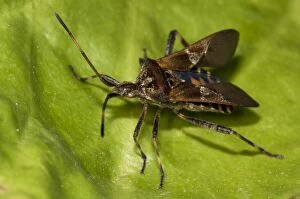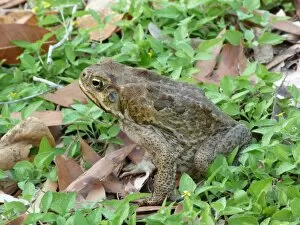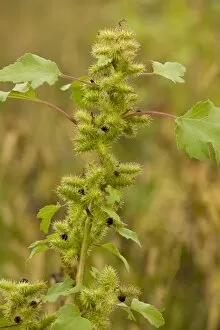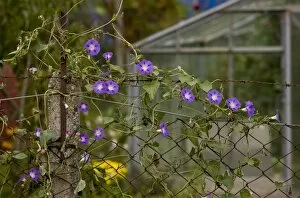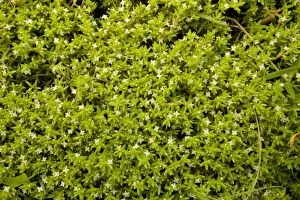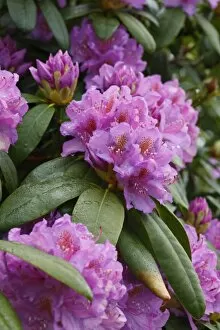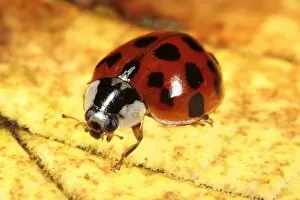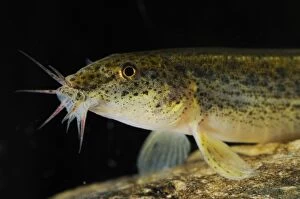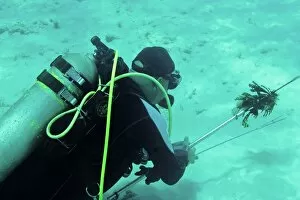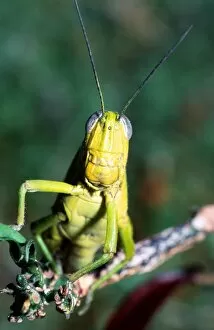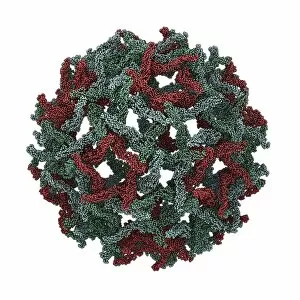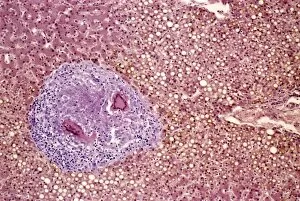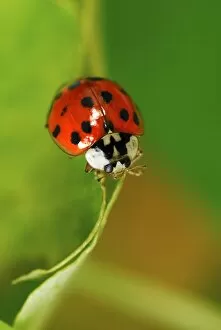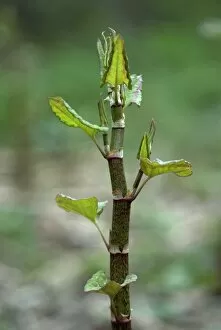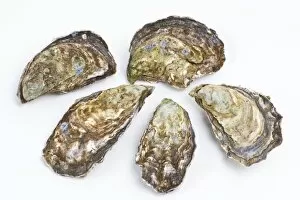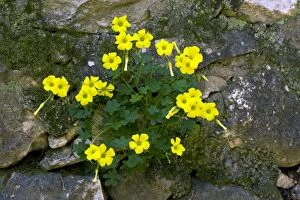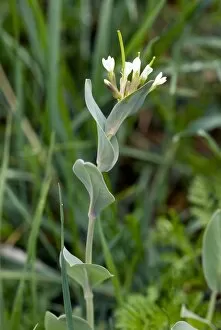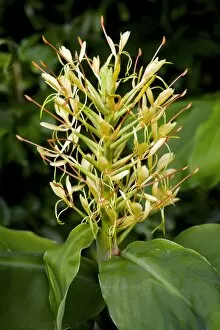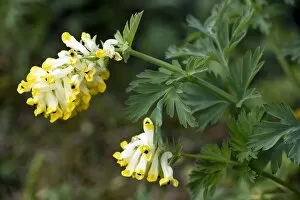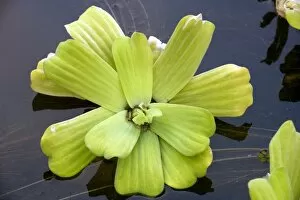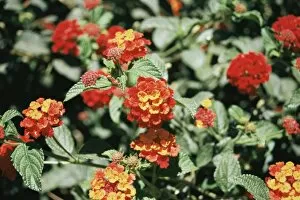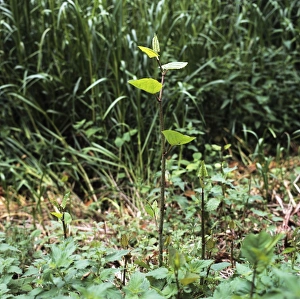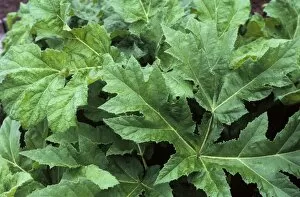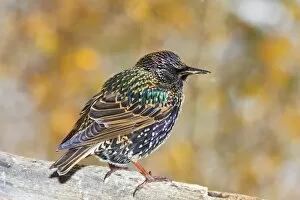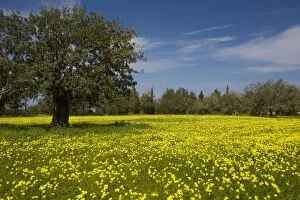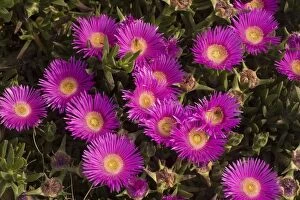Invasive Collection (page 6)
"Invasive: The Silent Intruders of Nature's Balance" Harlequin Ladybird - with 7-spot Ladybird on the left: Nature's vibrant colors intertwine
All Professionally Made to Order for Quick Shipping
"Invasive: The Silent Intruders of Nature's Balance" Harlequin Ladybird - with 7-spot Ladybird on the left: Nature's vibrant colors intertwine, but amidst them lurks an invader disrupting harmony. Oxford ragwort (Senecio squalidus) - a widespread naturalized weed: Once a foreign beauty, now an unwelcome guest, spreading its roots across the land. Rose-ringed / ring-necked parakeets (Psittacula krameri) in flight on their way to roost in an urban cemetery, London, UK. January: Foreign wings grace our skies as these exotic birds seek refuge among tombstones and concrete jungles. Hybrid bluebell, common x Spanish. Invasive in the British countryside (Hyacinthoides non-scripta x H. Hispanica): A delicate fusion born from two worlds collides with native flora, altering landscapes forevermore. Oriental Staff Vine (Celastrus orbiculatus), introduced invasive species; close-up of fruit, New York State, U. S. A: Its fruits bear witness to its conquest over native plants – a silent invasion reshaping ecosystems afar. Giant Hogweed: Towering above all else with toxic might; this colossal intruder casts shadows upon nature's delicate balance. Kahili Ginger or Ginger Lily Hedychium gardnerianum from the eastern Himalayas; common as a weed in Hawaii, New Zealand and elsewhere: From distant lands it came bearing fragrant blooms that deceive our senses while overpowering local habitats. Lesser periwinkle in old woodland - Vinca minor: Innocent yet tenacious vines creep through ancient forests like invaders claiming territory underfoot. European green crab (Carcinus maenas), an invasive species in North America - Kejimkujik National Park.

